While researching for my creating monsters series, it surprised me to learn that The Mummy we know today varies greatly from the original Mummy, not only in name, but in appearance and purpose, as well.
Twenty-year-old Jane C. Webb (later she became Loudon) introduced the first fictional mummy in 1827. Her novel — The Mummy: Or A Tale of the Twenty-Second Century — was science fiction, not gothic horror.
Pioneer or Prophet?
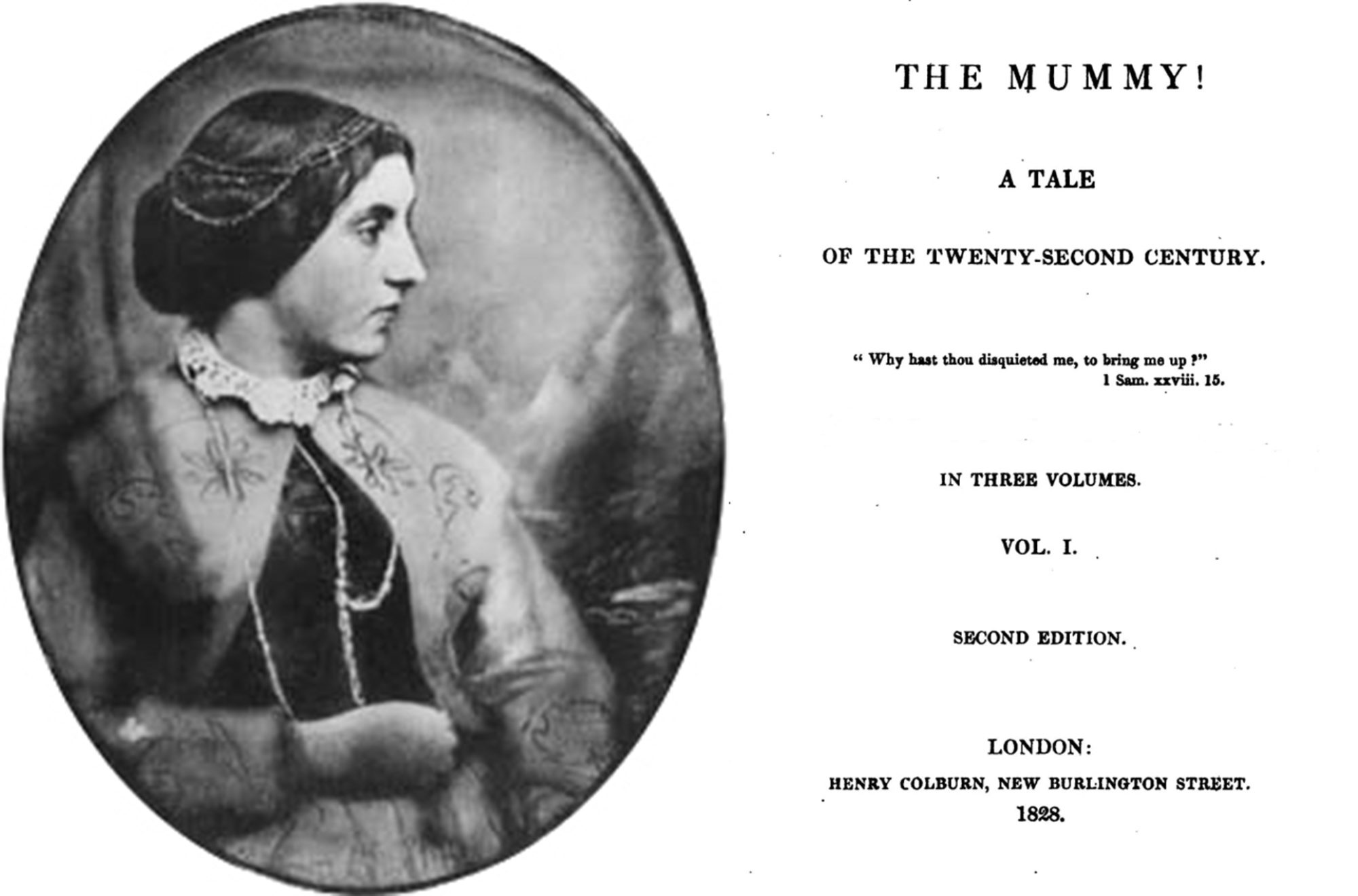 Loudon was a pioneer in science fiction before the genre ever had a name. Her novel reads like a prophecy of the future in science, and she packed it with uncanny accuracy about society, technology, and even fashion. She even introduces a female ruler, and automaton surgeons and lawyers.
Loudon was a pioneer in science fiction before the genre ever had a name. Her novel reads like a prophecy of the future in science, and she packed it with uncanny accuracy about society, technology, and even fashion. She even introduces a female ruler, and automaton surgeons and lawyers.
She predicted a type of internet in The Mummy. Additionally, controlled flames adorn her female characters’ hair and they wear trousers, which makes me think of Katniss in Suzanne Collins’s Hunger Games. But Loudon wrote her science fiction in 1827, 195 years ago—very futuristic for a female living during the Romantic era. It’s listed as Feminist Literature and she starts her novel by saying:
“In the year 2026, England enjoyed peace and tranquility under the absolute dominion of a female sovereign.”—Jane C. Loudon.
The Storyline
Scientist revive Cheops, Loudon’s mummy, via galvanic shock not by reading spells from the Book of the Dead as depicted in the 1932, 1959, and 1999 movie versions of the monster.
(ProbeNote: Galvanism is the therapeutic application of electricity to the body. Presently, skin therapists and specialists use galvanic machines to enhance and refine facial and body skin as well as revitalize hair growth.)
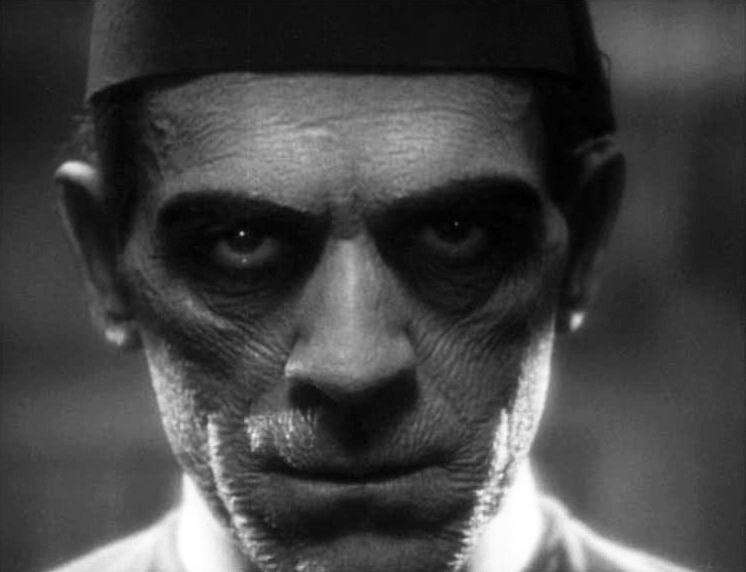
Loudon’s mummy bears little resemblance to his later counterparts who shuffle around raggedy and inflict horror and chaos on those in his way. Instead Cheops, offers advice on politics and life to his friends, and isn’t the relentless monster in search of his lost love. However, he devises a sinister plot to bring down the rich in society so that the meek can inherit the earth, leading some readers to see him as almost a god-like creature.
(ProbeNote: Filmmakers introduced the cursed Mummy’s forbidden love interest in the 1932 movie starring Boris The King Karloff. This love interest returned in other movie versions, even the most recent.)
The Differences
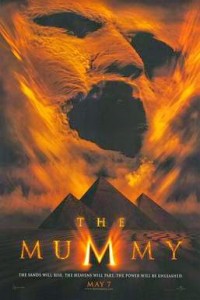
Summarizing the differences in Loudon’s mummy and our modern day stereotype of him, we see significant departures.
- Scientists and/or people reanimate them in different ways.
- Their names:1827- Cheops, 1932 and 1999- Imhotep, and 1959- Kharis. (ProbeNote: Kharis is the only fictional name. Imhotep was an Egyptian chancellor to the Pharaoh Djoser and Cheops was an Egyptian pharaoh.)
- Their purposes and personalities differ, as do their genres in literature and film.
- Filmmakers never made Loudon’s mummy into a movie.
Guidelines To Date
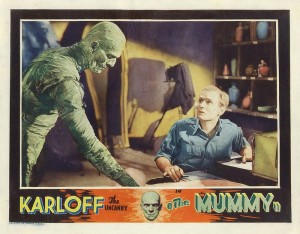
Our Guidelines for creating our monster creations include:
· A writer created the monster.
· The monster is so detestable—in actions or appearance or both—that society and even his maker reject him and try to destroy him. This gives the monster something with which we, as humans, can empathize.
· The writer generates the monster’s depravity from something unnatural, like the dead coming back to life, the undead, or being composed of the parts of many dead people.
· Love—either as the monster’s motivation or as a backstory for the journey of a monster.
Addition to Monster Creating Guidelines
From our research today, we can add one guideline to our list for creating a monster? And I hate, really hate to add this one, but I can’t see any way around it.
- Filmmakers and/or screenwriters bring the monster to life on stage or screen.
Loudon’s Monster
The Mummy was Jane C. Loudon’s creation, but had you ever heard of her? Have you read her book? The monster didn’t become immortalized until we saw his old raggedy ass strut across the big screen.
Like Shelley’s Frankenstein, which received unfavorable reviews from critics, The Mummy gained immediate popular success when it hit the stage in melodramatic theatrical adaptations.
Bram Stoker wrote the first theatrical adaptation of his novel Dracula and presented it before the book’s publication. Brilliant as he was, he figured it out all on his own—without the help of the internet. Unless he’s an alien. And I must admit I have my suspicions about him and Loudon—well, even the whole bunch are looking mighty suspicious.
So as much as I hate to—being a writer and all—I think it’s imperative that we add stage and/or film adaptations of the monster to our guidelines.
Join the discussion. I’d love to hear what you think. Are there guidelines you would add or delete?
- Urban Legend in the Making - April 22, 2024
- Coghlan’s Traveling Coffin Urban Legend - April 4, 2024
- Richmond Vampire Urban Legend - March 7, 2024
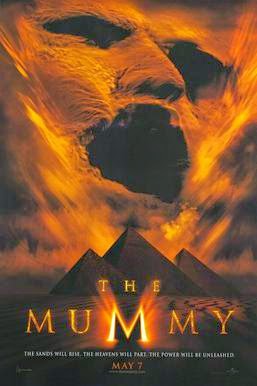

8 replies on “The Mummy: Creating Monsters”
I hope you arent tired of me commenting on your blog, but I must say that I have really enjoyed following along. Even pointing friends and monsterbuffs in your direction.
Fascinating stuff on Loudon.. and a female writer at that! Perhaps we should explore early female scifi literature.
To be honest, the mummy is my least favorite. Sure, black magic blah blah, but there isn’t really a monster character just a cool back story (usually). seems to me more like a rag-doll zombie.
Hi Orloff— Please! Please comment! I love it. So glad that you like the monster series. I thought I really knew a bunch about monsters until I started researching them. Turns out there is sooooo much more. And trying to analyze the why and how of a monster classic has been fascinating.
Like Loudon being one of the first female sci-fi authors. And that The Mummy was science fiction not gothic horror.
I do agree, The Mummy is my least favorite—and a rag-doll zombie (great description BTW). Still the more I learn about him, the more intrigued I become.
Keep the comments coming!
Hello I have info that shows you are on the right path. Please contact me.
https://www.youtube.com/watch?v=9SlVVdzawxI&t=10s
Thank you for commenting, Roger. And thank you for leading me to your very informative and mind-blowing videos. I’m still trying to come up with a plausible theory for Caesar. Very curious indeed.—Clara.
You do know I research all science and history.
Do you understand the Mudfossil Process and Nucleophilc substitution? I have much more research…including Physics and dark matter.
I did a brief search of the Mudfossil Process and Nucleophilic substitution and found it fascinating. As far as fully understanding the process, I must do more research. Thank you for the link to your videos. They will help, I’m sure.
Clara I have much more. https://www.youtube.com/watch?v=ZpdTy1T_KPw
Thank you, Roger.